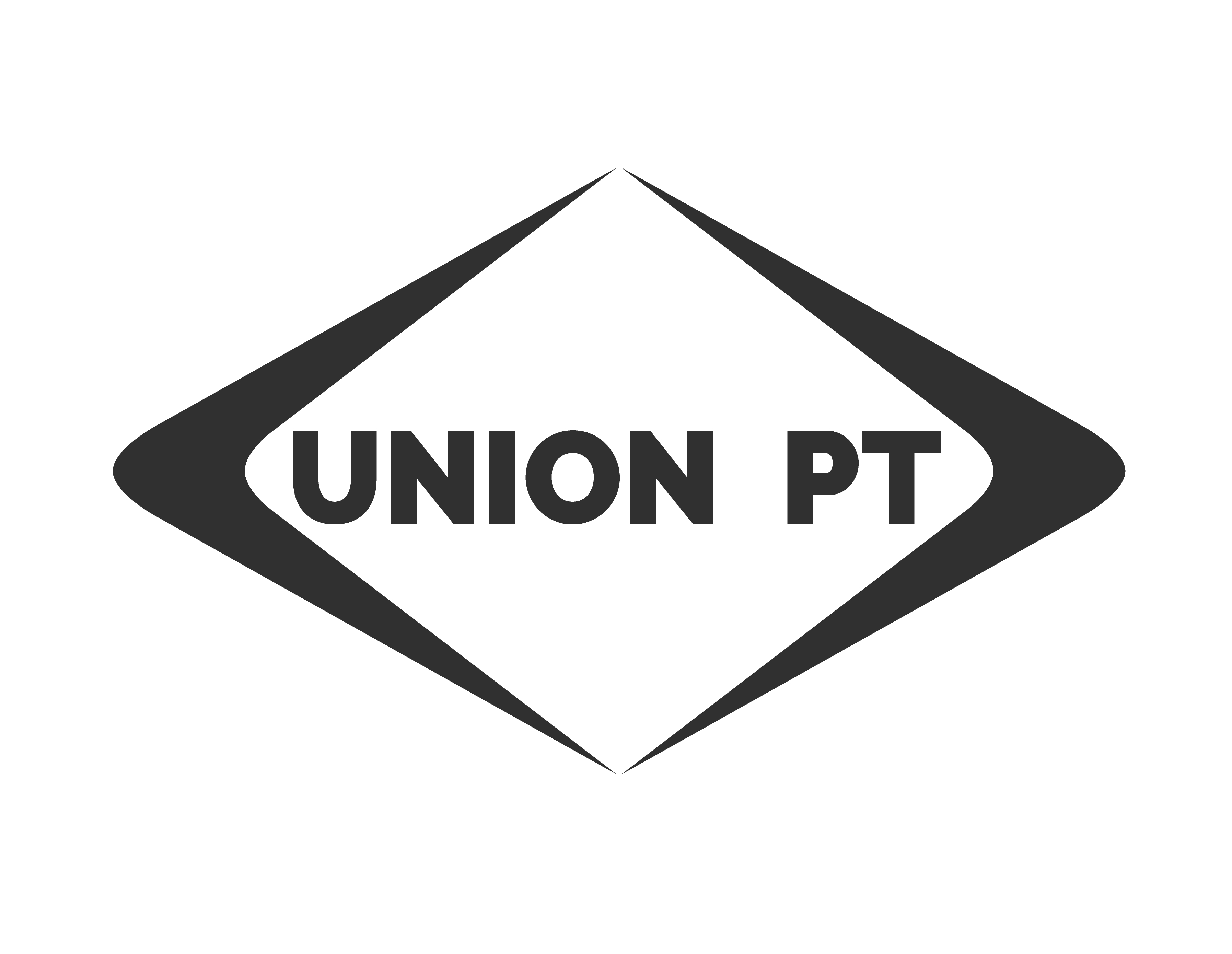Whiplash occurs during a forceful forward and backward or side to side movement of the neck.
- Whiplash most often occurs during a motor vehicle accident, but can also happen during a sports injury or other trauma
- Symptoms can start immediately after whiplash occurs, or up to several days following the incident
Common symptoms of whiplash include:
|
Symptoms associated with more serious injury:
|
Multiple tissues in the neck may be affected following a whiplash injury:
- Muscle: The muscles of your neck and shoulders may be strained (stretched), or become guarded (unconscious tightening) after the whiplash injury
- Ligaments: Spinal ligaments connect bone to bone; they can be sprained (stretched) to varying degrees, including a tear
- Joint capsule: The joint capsule is tissue that surrounds bones that form a joint; it can be stretched and become inflamed
- Facet joint: The facet joints are the primary joints that connect spinal segments (see facet pain handout); the joint can lose mobility, and the cartilage that pads these joint can become inflamed
- Disc: The intervertebral disc sits between segments of the spine; the disc has fluid in the center which can be herniated to varying degrees
- Nerve: The spinal nerves exit between segments of the spine; the nerves may be impacted by inflammation following the trauma and/or disc herniation
- Whiplash injury is best treated with gentle movement of the neck; splinting or avoiding neck movement may cause increased stiffness in the tissue, while gentle movement helps to reduce inflammation and improve pain free mobility
- Avoid stretching initially after the incident; because the muscles of your neck are likely stiff due to muscle guarding, they will not respond well to stretching, and will often stiffen up more
- Ice for 2-3 days after the incident will help to reduce inflammation in the tissue; after 2-3 days, ice and heat may be alternated to help reduce inflammation and improve tissue healing and mobility
Physical therapy for whiplash might include:
Physical therapy is most effective when started as soon as possible after the incident. Initial treatment is very gentle and designed to reduce pain and improve range of motion and function.
Manual therapy:
- Soft tissue treatment: Hands on treatment of muscles surrounding the region of your whiplash related symptoms will assist with reducing pain, improving muscle relaxation, and improving the ability of joints to move normally. Muscle pain contributing to your symptoms may be due to:
- Muscle guarding: Injury or pathology at the level of the spine often causes the body to subconsciously guard the area by tightening up muscles in the region; this phenomenon is known as muscle guarding.
- Muscle stiffness: Simple stiffness may be related to alignment and movement patterns during your everyday activities.
- Joint mobilization: Hands on treatment focused at the level of the joint surfaces to reduce pain, improve joint specific mobility, and re-educate proper joint movement. This may be targeted at the level of the spine you are experiencing your pain, as well as above and/or below the level of your symptoms to address less than optimal mechanical stresses contributing to your specific problem.
Strengthening:
- Neuromuscular re-education: Training targeted at re-educating faulty movement patterns, improving muscle coordination, or facilitating muscle firing in muscles that are weak or inhibited. These movements are often small in nature and not targeted at making muscles bigger.
- Stabilization: Exercises targeting strength and endurance of the muscles closest to your joints (and therefore better at stabilizing joints than moving them).
- Activity training: Exercises targeted to your specific goals, fitness activities, recreational activities, or job requirements that will facilitate return to your lifestyle prior to pain.
Therapeutic ultrasound:
- Ultrasound: Used therapeutically, ultrasound utilizes sound waves to reach the targeted tissue creating a vibration to heat up the tissues. Ultrasound can be effective to calm down irritable tissue that may not respond well to hands on techniques. It may also be used to reduce local swelling, relax tissue, improve blood flow for tissue healing, and break down scar tissue.
Dizziness specific treatment:
- Special considerations apply if you are experiencing dizziness or changes in vision as a result of your whiplash; these will be addressed with specific treatments (see Whiplash with Dizziness handout)

